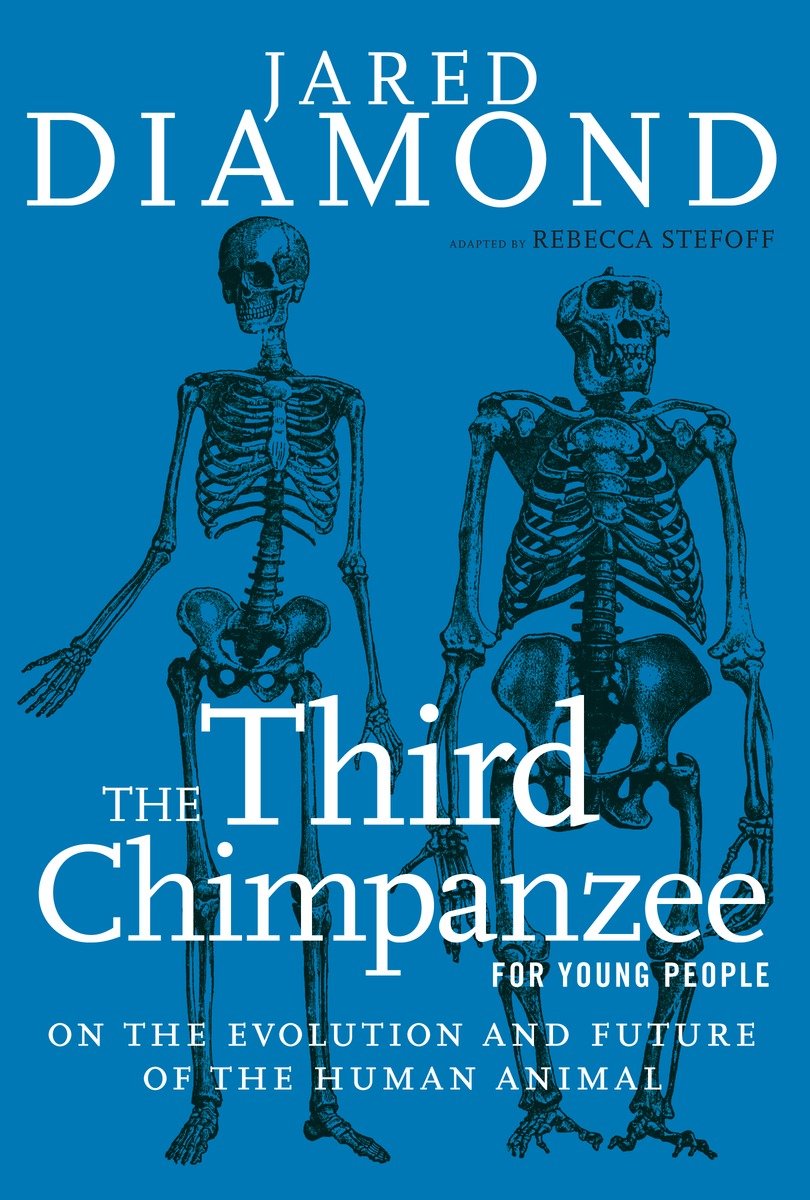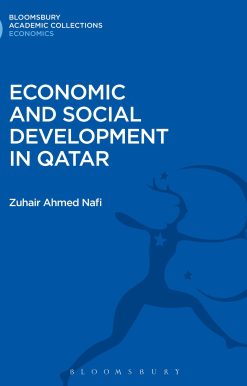The Third Chimpanzee for Young People: On the Evolution and Future of the Human Animal
14.00 JOD
Please allow 2 – 5 weeks for delivery of this item
Add to Gift RegistryDescription
At some point during the last 100,000 years, humans began exhibiting traits and behavior that distinguished us from other animals, eventually creating language, art, religion, bicycles, spacecraft, and nuclear weapons—all within a heartbeat of evolutionary time. Now, faced with the threat of nuclear weapons and the effects of climate change, it seems our innate tendencies for violence and invention have led us to a crucial fork in our road. Where did these traits come from? Are they part of our species immutable destiny? Or is there hope for our species’ future if we change? With fascinating facts and his unparalleled readability, Diamond intended his book to improve the world that today’s young people will inherit. Triangle Square’s The Third Chimpanzee for Young People is a book for future generation and the future they’ll help build.
Additional information
| Weight | 0.42 kg |
|---|---|
| Dimensions | 2.44 × 13.97 × 20.35 cm |
| PubliCanadation City/Country | USA |
| Author(s) | |
| Format | |
| Language | |
| Pages | 368 |
| Publisher | |
| Year Published | 2015-5-19 |
| Imprint | |
| For Ages | 7 |
| ISBN 10 | 1609806115 |
| About The Author | In addition to teaching geography at UCLA, researching the birds of New Guinea and the Southwest Pacific Islands, and promoting the practice of sustainable environmental policies to leaders around the world, JARED DIAMOND is also the author of bestselling books about evolution and human history. Diamond studied physiology at Harvard and Cambridge, before narrowing his research to the cellular and molecular mechanisms of the gall bladder. It was on a summer trip to New Guinea in 1964, however, that he first began to carefully consider the questions that would intrigue him for the next half-century: why did New Guinea’s extremely intelligent and resourceful indigenous peoples have no writing, chiefs, or steel tools? His Pulitzer Prize-winning Guns, Germs and Steel: The Fates of Human Societies was an attempt to answer that question. Diamond is the author of several other books on geography and evolutionary biology, including Why is Sex Fun?: The Evolution of Human Sexuality and Collapse: How Societies Choose to Fail or Succeed. The Third Chimpanzee for Young People is his first book adapted for younger audiences. Diamond lives in Los Angeles.REBECCA STEFOFF specializes in writing nonfiction for young readers, with a focus on scientific, historical, and literary subjects. Her adaptations include A Young People’s History of the United States by Howard Zinn and A Different Mirror for Young People by Ronald T. Takaki. |
"This is exactly the kind of book that should be a 'set text' for a reinvigorated science curriculum: engaging, thought-provoking and bang up to the minute. If your teachers aren't recommending books like this – go out and get them anyway." —Guy Claxton, author of What's the Point of School?"Written with great wit and a pleasure to read … forces one to reflect thoroughly on the puzzle of human evolution, on where we came from and where we may be heading." —Frans B. M. de Waal (in praise of the adult edition), New York Times "Plenty of provocative ideas in this grand sweep of evolutionary biology and anthropology: not surprising for this MacArthur 'genius' Award winner, Natural History columnist, and UCLA Medical School physiology professor." —Kirkus Reviews (in praise of the adult edition) |
|
| Table Of Content | Introduction: what makes us human?part one: just another big mammal chapter 1: a tale of three chimps chapter 2: the great leap forward part two: a strange life cycle chapter 3: human sexuality chapter 4: the origin of human races chapter 5: why do we grow old and die? part three: uniquely human chapter 6: the mystery of language chapter 7: animal origins of art chapter 8: agriculture, for better and worse chapter 9: why do we smoke, drink, and use dangerous drugs? chapter 10: alone in a crowded universe part four: world conquerors chapter 11: the last first contacts chapter 12: accidental conquerorschapter 13: in black and whitepart five: reversing our progress overnight chapter 14: the golden age that never was chapter 15: blitzkrieg and thanksgiving in the new world chapter 16: the second cloud Afterword : nothing learned, everything forgotten? Glossary Index Photograph and Illustration Credits About the Authors |
| Excerpt From Book | How This Book Came to Be My own interests and background shaped this book. As a child, I wanted to be a doctor. By my last year in college, that goal had gently changed, and I wanted to become a medical researcher. I trained in physiology, which is the study of how living systems function, from cells to animals. Afterward I went on to teach and do research at the University of California Medical School in Los Angeles. But I had other interests as well. Birdwatching had attracted me since the age of seven, and I had also been lucky to attend a school that let me plunge into languages and history. I did not like the idea of spending the rest of my life on physiology alone. Then I had the chance to spend a summer in the highlands of New Guinea, a large tropical island north of Australia. the purpose of the trip was to measure how successfully birds were nesting. That project collapsed when i was unable to locate even a single bird’s nest in the jungle, but the trip fed my thirst for adventure and birdwatching in one of the wildest remaining parts of the world. After that first trip to New Guinea, I developed a second career, focused on birds, evolution, and biogeography. I’ve returned to New Guinea and the neighboring Pacific Islands many times to pursue my bird research. As I saw human activity destroying the forests and birds I loved, I became involved in conservation, helping governments design national parks to protect ecosystems and plant and animal species. Finally, it was hard to study the evolution and extinction of birds without wanting to understand the evolution and possible extinction of the most interesting species of all, the species that includes you, me, and everyone on earth—Homo sapiens, the modern human. this book was the result. It begins with a look at our origins several million years ago. It ends with some thoughts about our future, and about ways we can learn from our past. |
| series |
Only logged in customers who have purchased this product may leave a review.






Reviews
There are no reviews yet.